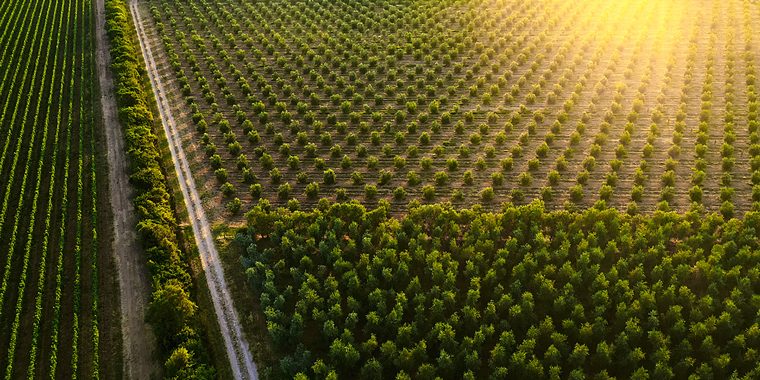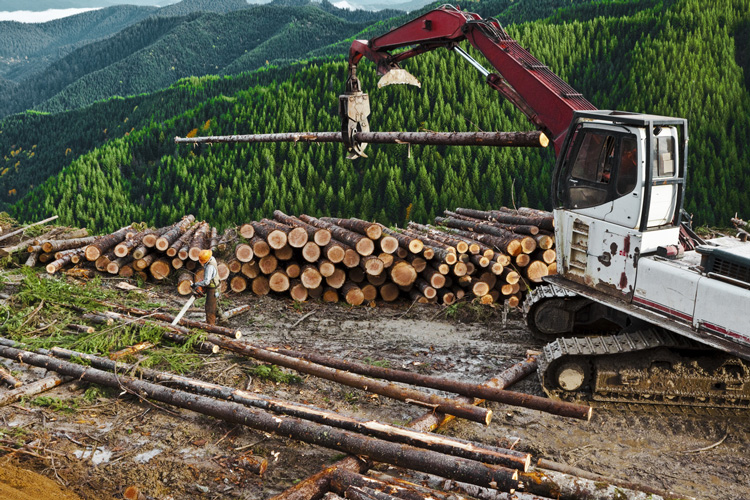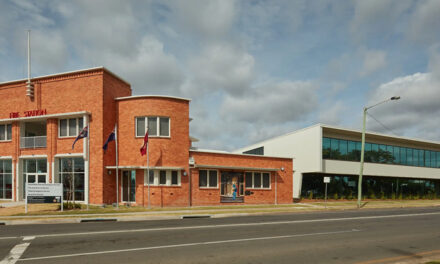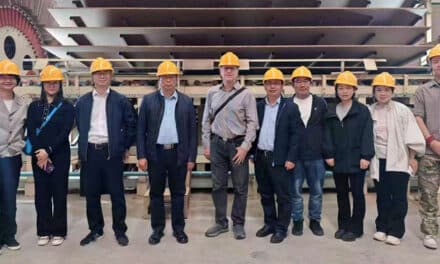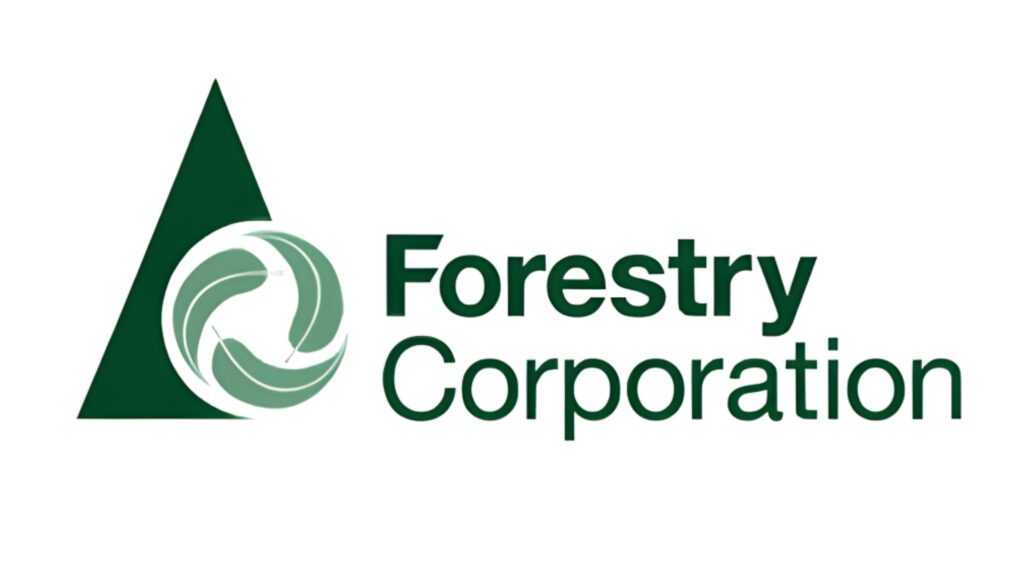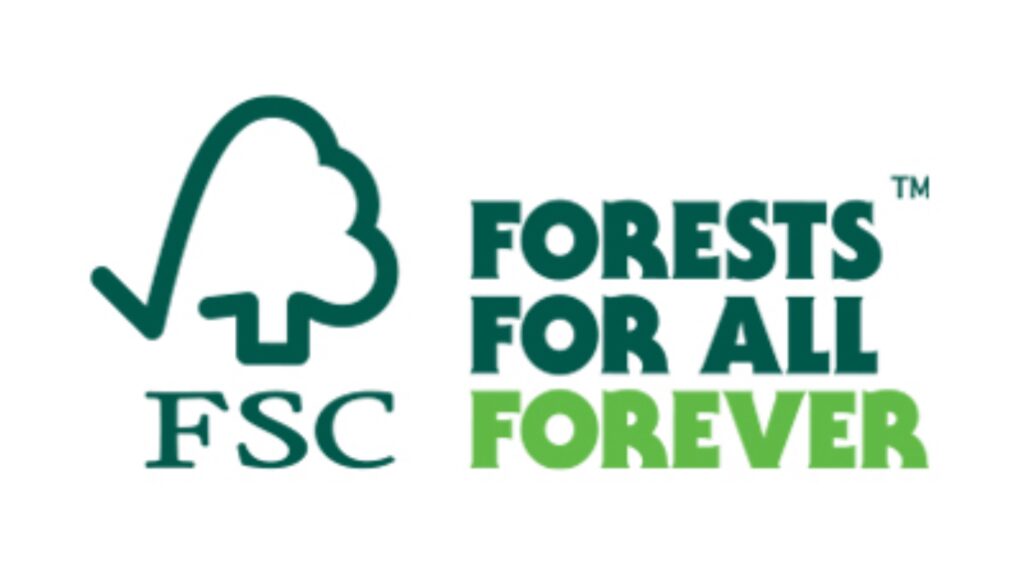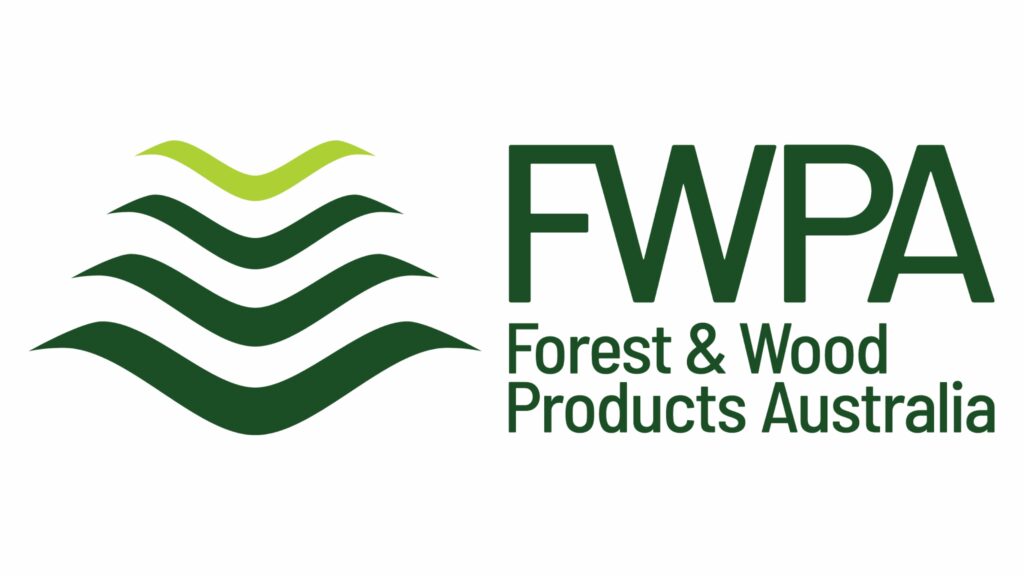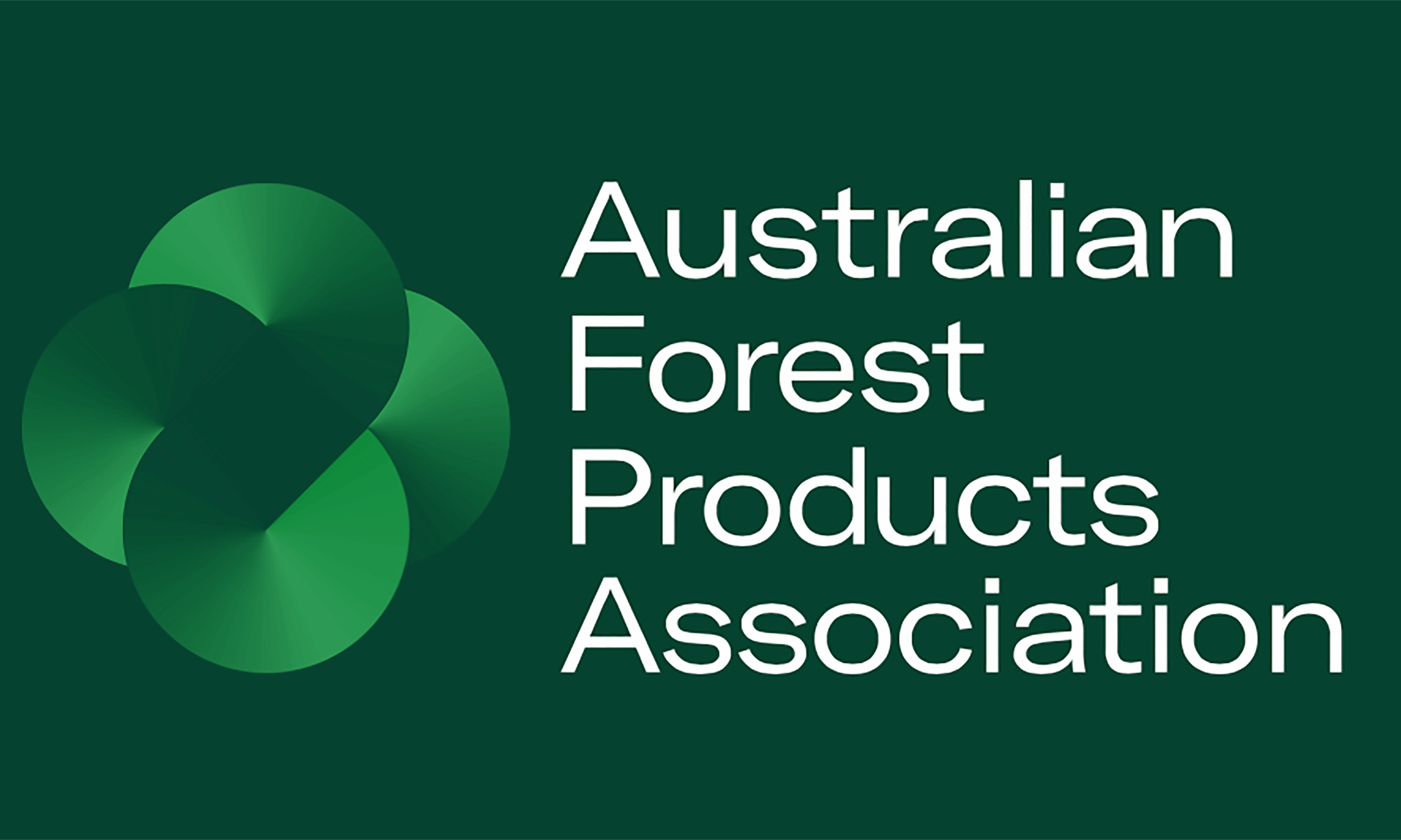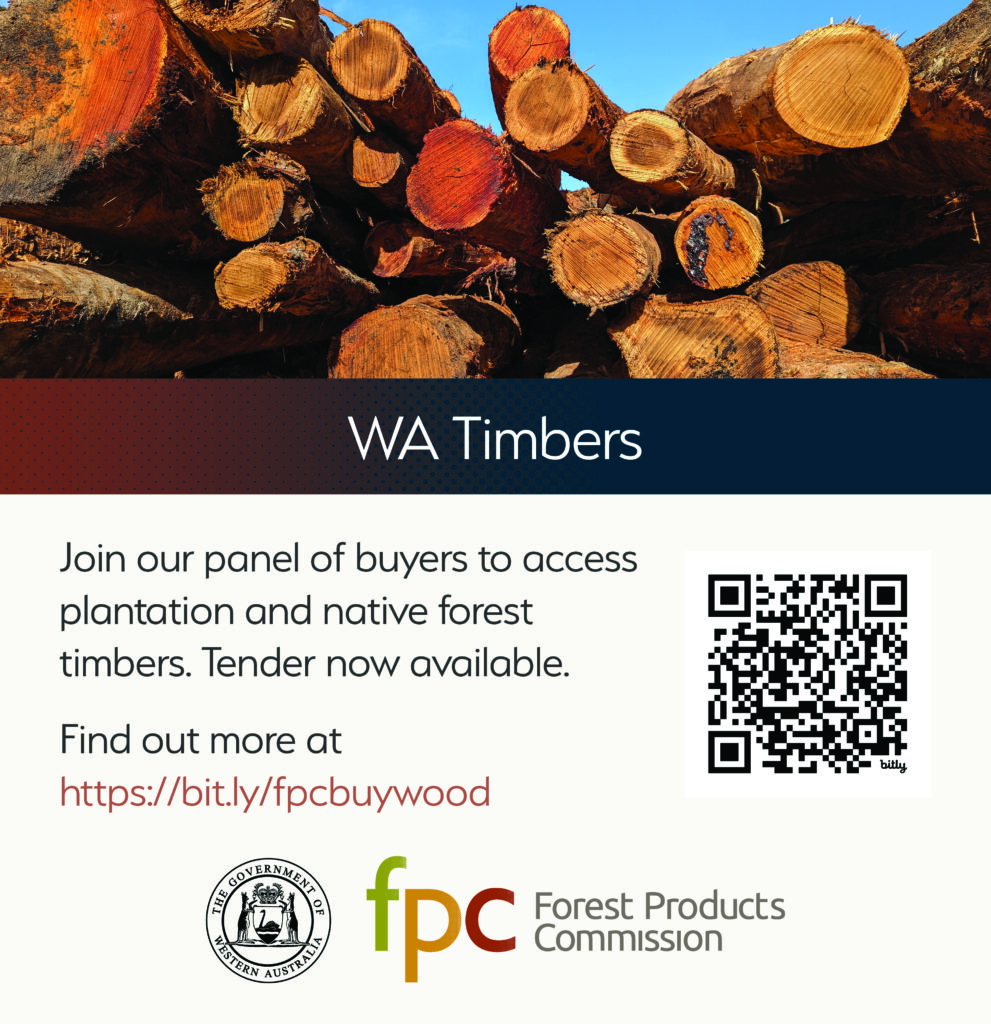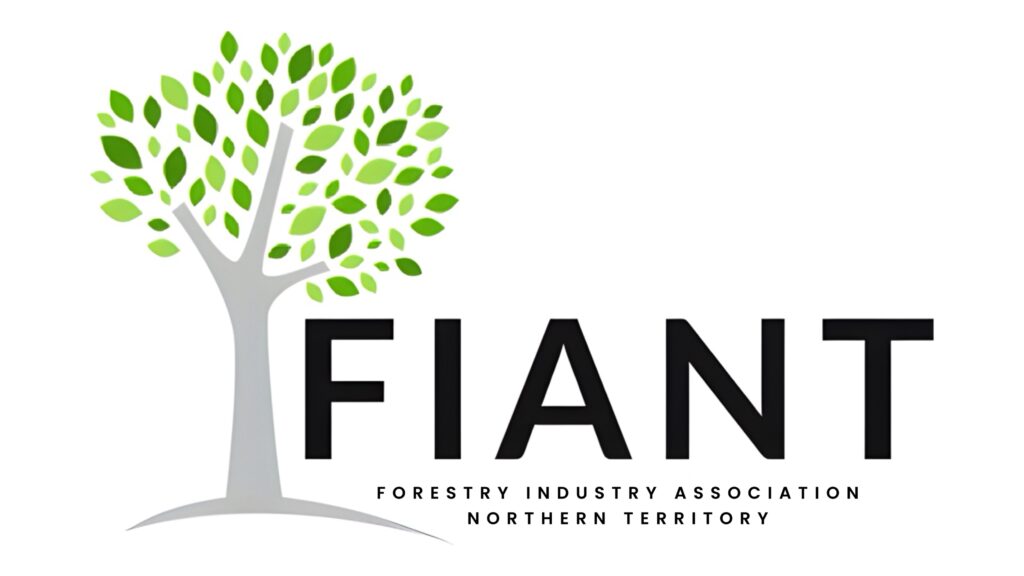What does the EUDR mean for Australians?
The EUDR requires the origin of timber to be fully traceable including geolocation data. Image: Shutterstock
There’s been no shortage of headlines about the EU’s new deforestation rules and country risk ratings, but what do they actually mean for the Australian forest products sector?
This article breaks down what forest growers and wood producers in Australia need to know about the European Union Deforestation Regulation (EUDR), how certified timber is already well positioned, and why it’s worth starting conversations now, especially if your products may end up in the EU market. With guidance from Responsible Wood and Program for the Endorsement of Forest Certification (PEFC), Australia’s forest sector is in a strong position to adapt and thrive.
Australia’s growers and wood producers are already well positioned to meet the expectations of global markets, including the European Union. With strong national standards for sustainable forest management, well-established plantation systems, and internationally recognised certification through Responsible Wood and PEFC, we have a solid foundation for supplying responsibly sourced, sustainable timber.
The new EUDR is designed to ensure that products entering the EU are deforestation-free and legally harvested. For most Australian operations especially those that replant or allow forests to regrow there is little cause for concern.
However, if you are supplying timber or wood products that may eventually be sold into the EU, it’s important to start having open conversations with your customers about end markets and expectations. Where needed, certification and clear documentation will support your products’ eligibility and simplify compliance for your buyers.
The EUDR is aimed at ensuring certain products placed on or exported from the EU market do not contribute to deforestation or forest degradation after 31 December 2020. It supersedes the older EU Timber Regulation (EUTR) (in force since March 2013), which targeted illegal logging. The EUDR significantly expands scope to include not just timber, but six additional high‑risk commodities.
The regulation applies to seven high-risk commodities: timber, soy, palm oil, cattle, cocoa, coffee, and rubber, along with many of their derived products (e.g. furniture, chocolate, tyres, leather, paper). Any business trading these products into or within the EU must prove that they are deforestation-free, produced in accordance with relevant local laws, and fully traceable to the point of origin. This includes submitting geolocation data for where the commodity was produced and filing a due diligence statement (DDS) before placing it on the EU market.
For the Australian forest products sector, the good news is that certified timber is already well aligned with EUDR requirements.
PEFC and Responsible Wood have a longstanding commitment to halting deforestation through the promotion of sustainable forest management and products that do not contribute to forest loss.
PEFC International has developed the PEFC EUDR Due Diligence System (DDS) which is designed to support PEFC chain of custody certified companies in demonstrating their compliance with the EUDR. It can be used by any certified organisation within the supply chain, no matter where the organisation is based or what their EUDR obligations are.
The PEFC EUDR DDS simplifies complex EUDR requirements by translating them into clear, understandable steps, using the familiar language of the PEFC Chain of Custody standard.
If you have questions about your specific circumstances such as land-use history, replanting decisions, or how EUDR applies to your supply chain Responsible Wood and PEFC are here to help. We’re working closely with growers, processors, and exporters to provide practical guidance and ensure Australian forest products continue to be trusted and valued globally.
PEFC International (represented in Australia and New Zealand by Responsible Wood) offers robust systems for verifying legality, tracking origin, and promoting sustainable forest management.
For more information visit: https://pefc.org/eudr
MAIN PIC: Replanting harvested trees is an important step in ensuing the longevity and sustainability of both native and plantation forestry. Image: Shutterstock

